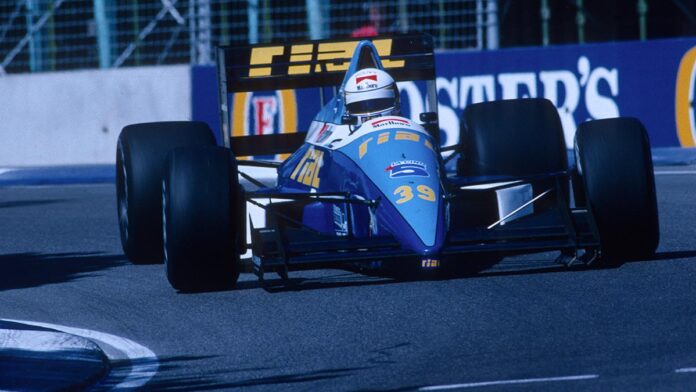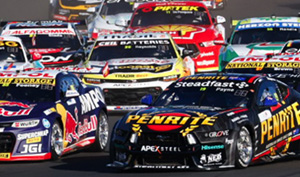THE Formula 1 grid is a very expensive place to break into now, but in the 1980s it was open to almost any team that wanted to give it a go.
But not every team was fit for the battle; a lot of F1 chassis from that era appeared at grands prix on only Friday and Saturday, having failed to make the qualifying cut for Sunday’s race.
The number of teams in the championship increased in the latter half of the 1980s as the sport began to turn its back on turbocharged engines, with a host of new squads joining the grid with bespoke chassis fitted with 3.5-litre naturally aspirated engines.
In 1989, the first season where turbocharging was explicitly banned, 39 cars entered for the opening round!
With just 26 grid positions available, a one hour session known as ‘Pre-Qualifying’ was introduced to separate the wheat from the chaff, culling the 39 entries down to a more manageable field of 30 for practice and qualifying, with a further four trimmed for the race.
For some chassis, including Rial ARC2-01, these sessions make up the bulk of their F1 careers.
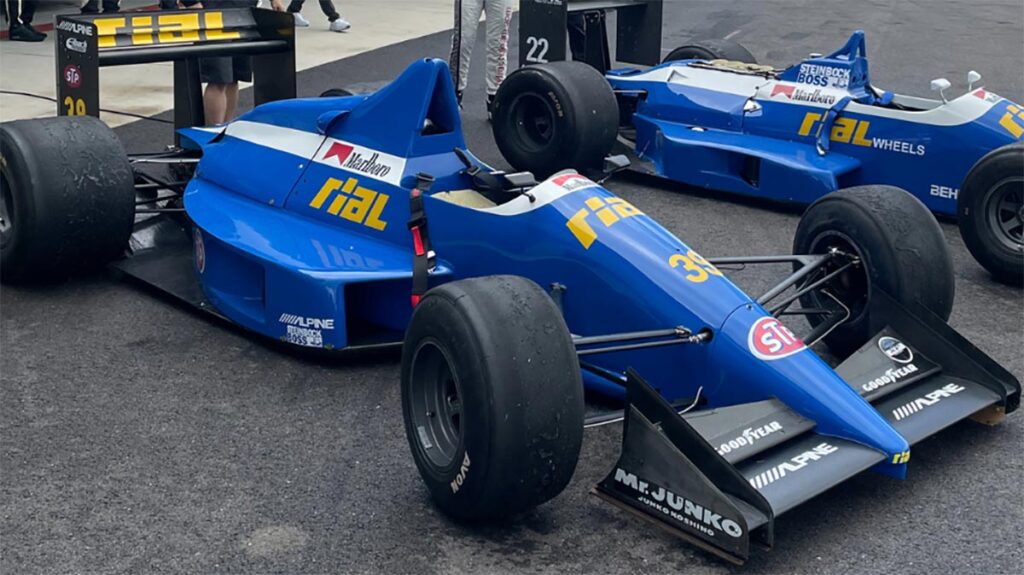
Currently for sale through Ascott Collection, Rial ARC2-01 made the grid for just one grand prix but bombed out of qualifying or pre-qualifying in three others, including at the season-ending Australian Grand Prix.
The Rial squad entered F1 the year prior, and a fourth-place finish for Andrea De Cesaris at the 1988 US Grand Prix delivered enough points that its new lead driver for 1989, Christian Danner, was seeded directly into practice and qualifying and didn’t face the early-morning starts.
Danner gave ARC2-01 its first and only grand prix appearance at the season-opening Brazilian Grand Prix, where a late transaxle failure left him classified 14th.
The car then became the team’s spare for the bulk of a season where the Rial team struggled to qualify, pre-qualify, or both.
Danner’s teammate, German rookie Volker Weidler, failed to make the cut in any pre-qualifying sessions in the first half of the season – including at the San Marino GP, where he took over the spare for the session.
Mercifully, a miraculous fourth-place finish for Danner at the US Grand Prix elevated the team’s second entry out of pre-qualifying for the second half of the season, but it did little to improve the squad’s flagging fortunes.
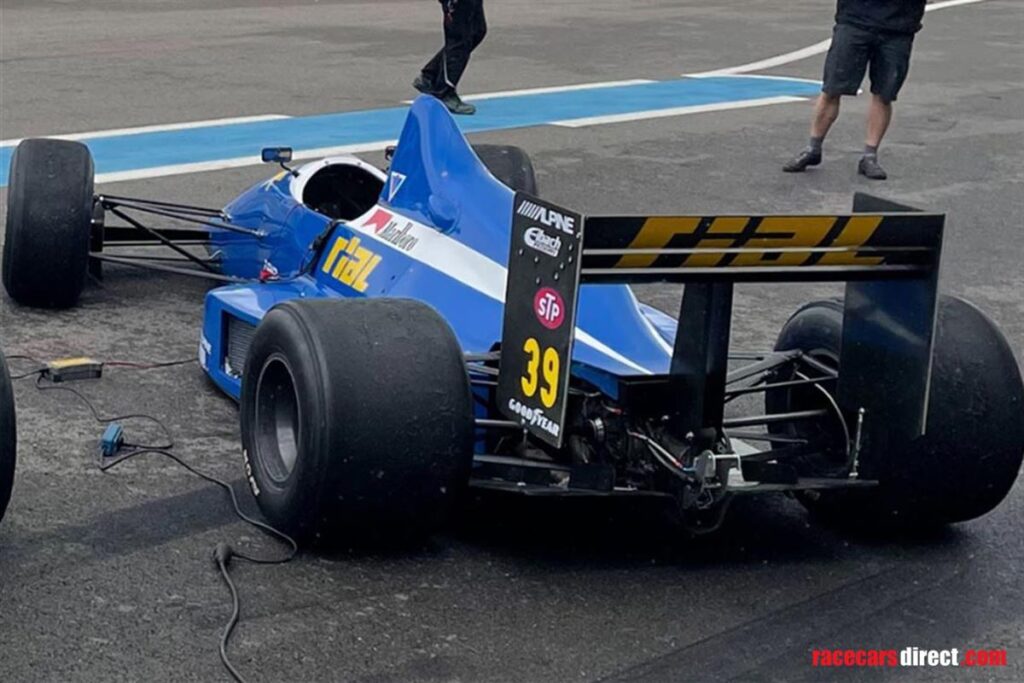
Danner made the field for just one more race – the Canadian GP, the last start of his F1 career – before departing with three races remaining.
Weidler was already gone by that point, replaced for the Belgian GP by Pier-Henri Raphanel, who’d spent his season to that point struggling to get fellow F1 minnow Coloni out of pre-qualifying.
By this point, Rial’s fortunes were nosediving. Raphanel had no better luck in qualifying than his predecessor, nor did Danner’s replacements Gregor Foitek or Bertrand Gachot aboard cars that were not even close to being fast enough to make the grid.
The team shut down at the end of the season, but not before Gachot gave ARC2-01 two final cracks at qualifying at Suzuka and Adelaide.
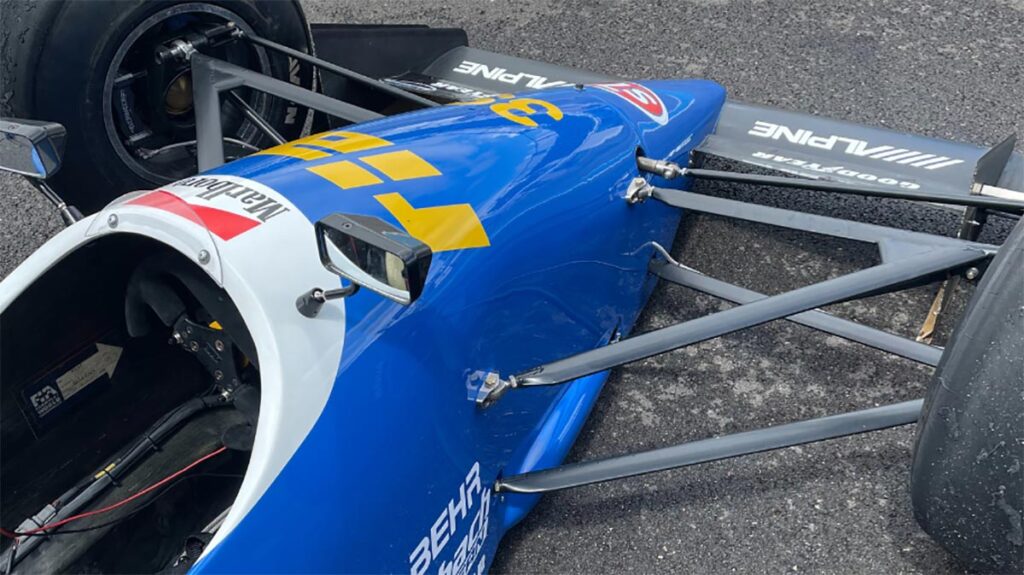
While the Belgian was the best of the two Rials at the finale, his best time in ARC2-01 was 5.6 seconds off Ayrton Senna’s pole time and 1.8 seconds shy of Rene Arnoux’s time for 26th and last on the grid.
The car remained in the personal collection of Rial team owner Günter Schmid, passing to his son following Schmid’s death in 2005, before being sold to a French collector in 2016.
Last year, the car was fully restored by Wassermann Racing Services and saw its first track action in three decades with a test day at Dijon.
Complete with a 610-horsepower Cosworth DFR 3.5-litre V8 engine, the chassis is now in a position to enjoy a second life on the racetrack.
Cars of this F1 era are eligible to take part in various historic events around the world, including Masters Historic, Gulf Historic or the Peter Auto Formula Legends 3.5 series, while F1 cars of this era have also made appearances at historic events in Australia.


